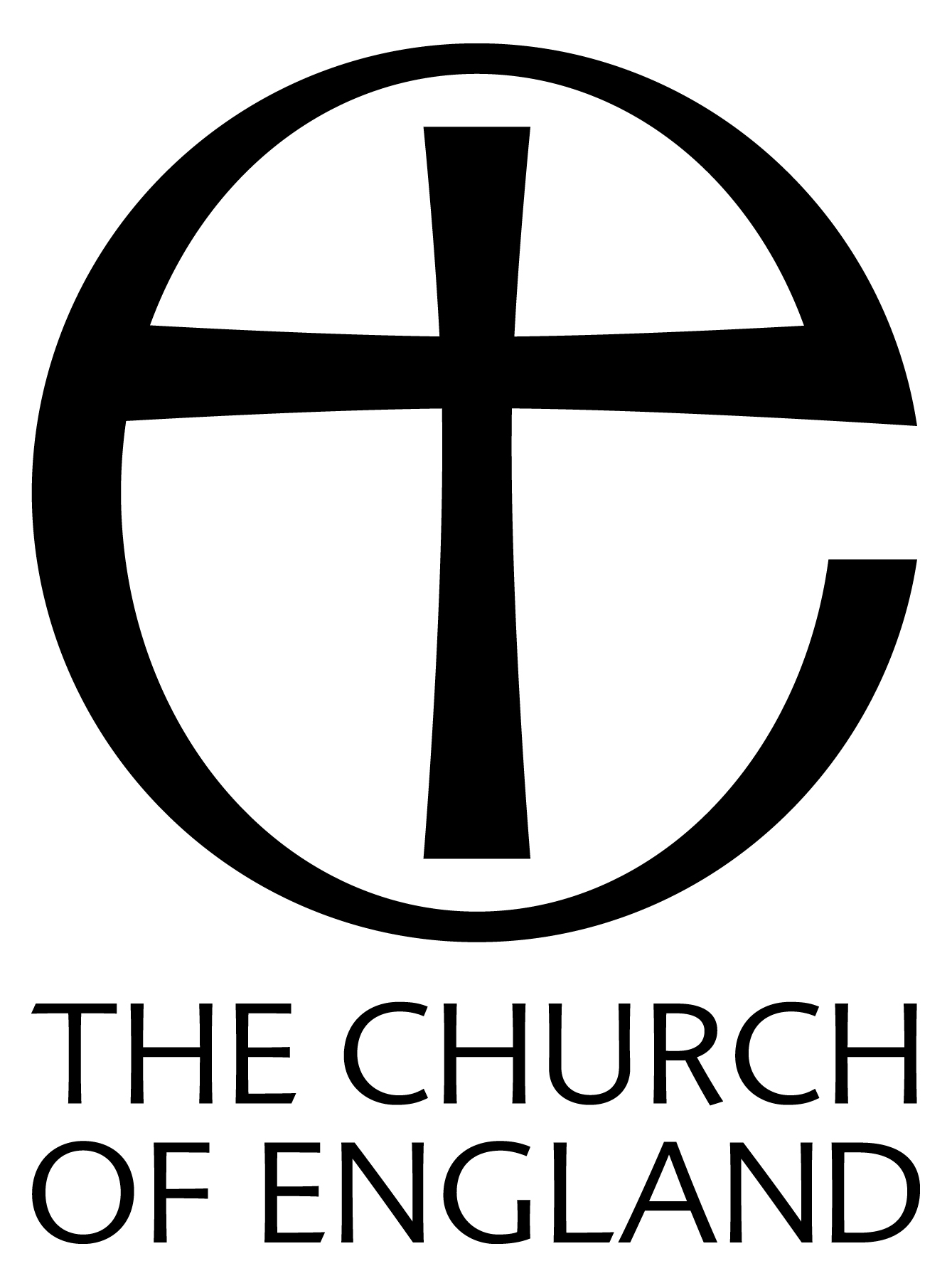Reproduced from
DRYPOOL -
Being a History of the Ancient
Parish of Drypool cum Southcoates
by M. Edward Ingram (1959)
by M. Edward Ingram (1959)
| < < < | > > > |
|
Having founded his new town of Kingston, Edward was anxious to foster its trade. This necessitated the construction of proper roads which would facilitate commerce. In 1303, a writ was issued at Westminster to William de Carleton and Geoffrey de Hothum to enquire into the matter. It was suggested that a road should be made from a point on the River Hull, just north of the walls to Bilton Bridge. This road was not entirely new, but roughly followed a right of way granted to the Nuns of Swine, by Sayer de Sutton Ill. It was to go " through the middle of the town of Dripole, to a pasture called Suttecotessomergang and so straight to the cross standing in Somergang." The site of this cross has been lost, but the description would lead one to suppose that it was somewhere in the neighbourhood of the old Mile House, where Holderness Road makes a decided bend. From the cross the road was to go to " the west end of the vill of Sutkotes" to a ditch between Sutton meadows and Somergang, "where a bridge was to be made," by a place called Lambeholmesikes," and so to Bilton Bridge. It was to the repair of this road that John Garton, merchant of Hull, left £5 in 1455. Long before the construction of the new road, there had been a chapel at Southcoates, dedicated to Our Lady. Once again the site would appear to have been somewhere near the Mile House, and Poulson prints a list of chaplains, taken from Torre's manuscripts. In 1236 there was a dispute between Sibil, Prioress of Swine, and Sayer de Sutton II, whose family had founded the chapel. He complained that the nuns had deforced him from the advowson of Drypool. In the ensuing settlement, the nuns conceded a free chantry at Southcoates, in return for which they undertook to provide a chaplain and the accessories of worship at Ganstead. |
We now come to the Reformation period. With the Dissolution of Meaux Abbey, Thornton Priory, the Charterhouse in Sculcoates and the Nunnery of Swine, much of Drypool came into the King's hands. Swine was surrendered on 3rd September, 1539, at which date the farm at Drypool yielded a rent of 69 shillings, and the Rectory farm there a further £5. The land in Drypool was granted to Sir Richard Gresham, but very soon the eastern bank of the river took on a different aspect. The change was due to the construction of the fortifications ordered by the King after the Pilgrimage of Grace, during which the town had fallen to the" Pilgrims." The eastern flank of Hull, which had formerly depended for defence almost entirely on the river, was strengthened by two Blockhouses, linked by walls to a central castle. The disposition of these fortifications can be seen in Hollar's engraving of the town. The length of the whole was 1,066 feet. The North Blockhouse commanded the crossing of the river at the North Bridge, and the South Blockhouse its confluence with the Humber. Work commenced in the Spring of 1541, but not before Gresham had been compensated with an exchange of land. When the fortifications were complete the remaining land was let to Thomas Alured, who had come to Hull to act as Paymaster of the Works, and who is described |

|
|

|
|